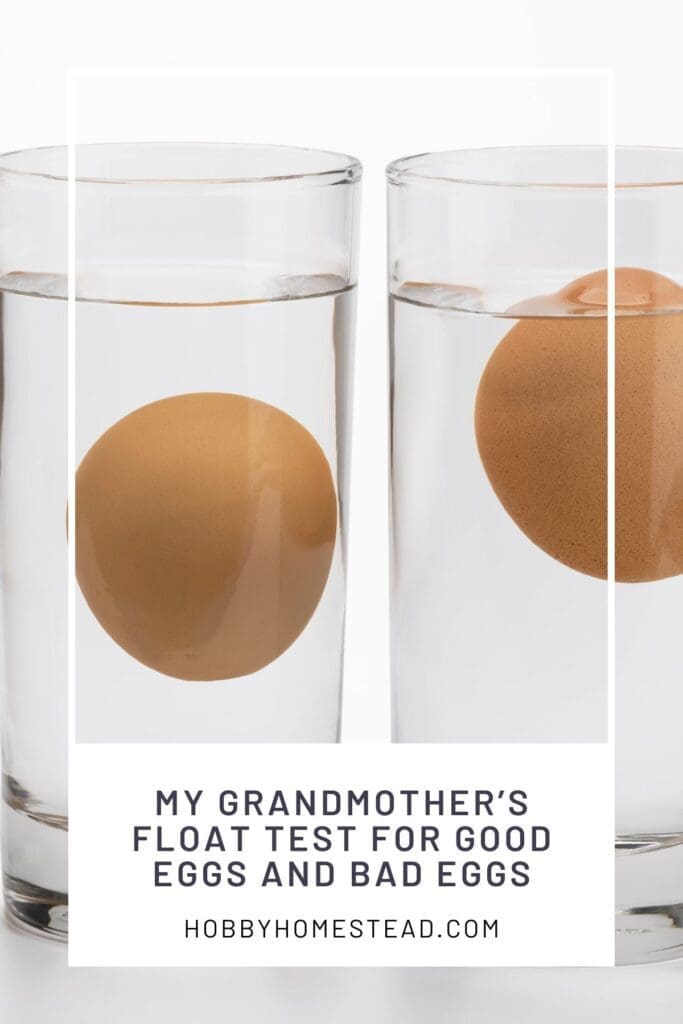Knowing when to water your garden and exactly how much water your garden needs can be a bit of a mystery. Even for seasoned gardeners.
Water too much and you risk root rot and disease; water too little and your garden plants may dry up in the heat of the day. The good news? With a few expert tips and a better understanding of your garden’s soil type, plant needs, and local weather conditions, you can establish a watering routine that supports healthy, thriving plants all season long.
We have been farming for decades and growing crops. We also gained more knowledge when we attended crop science classes at our local college. There are quite a few things that affect watering your plants.
In this watering guide, we’ll explore the best time to water, how much water different types of soil need, and how to tailor your approach for vegetable gardens, flower beds, container plants, and more.
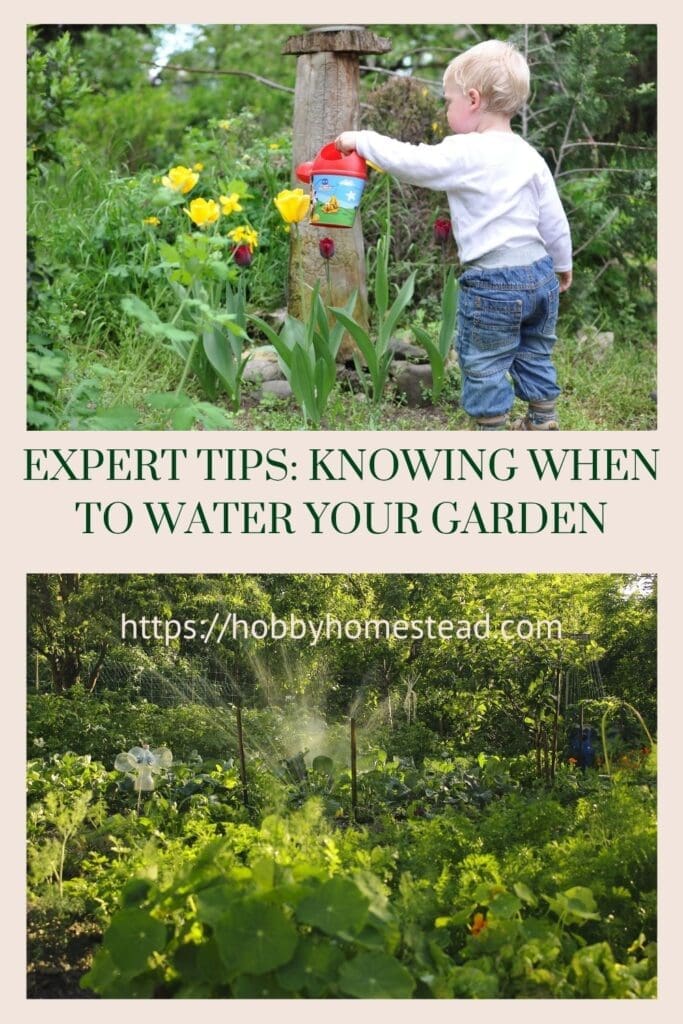
Signs Your Garden Needs Water
Knowing whether your garden truly needs water is the first step in avoiding waste and keeping your plants healthy. Instead of relying on a set watering schedule, check your garden daily during the growing season. Especially in hot weather or during dry spells. Here are some common signs of thirsty plants:
- Wilting or drooping leaves, especially in the morning
- Dry, cracked soil surface
- Leaves curling or developing brown spots
- Slowed growth or yellowing leaves
- Light pots (for container plants) that feel empty or dry
A quick way to check soil moisture is the finger test: insert your finger into the top inch of soil near the base of the plant.
If it feels dry, it’s a good idea to water. For more accuracy, you can also use a soil moisture meter.
Using a Soil Moisture Meter (Hygrometer) for Accurate Readings
If you want to take the guesswork out of watering, use a soil moisture meter. Often referred to as a hygrometer. It’s a smart investment for gardeners of all levels.
These inexpensive tools give you a numerical or visual reading of the soil moisture at the root zone, where it matters most.
How to Use a Soil Moisture Meter
- Insert the probe into the top inch of soil near the base of the plant.
- Wait for the reading. It usually takes just a few seconds.
- Most meters show zones like “dry,” “moist,” and “wet,” while others offer numerical scales.
- Use the reading to determine if it’s time to water or wait.
This is especially helpful for container plants, raised beds, or gardens with different zones and soil types.
It’s also great for gardeners who struggle to judge moisture levels during hot summers, dry spells, or when growing drought-tolerant plants and water-loving plants in the same space.
Tip. Check readings at multiple spots in your garden beds to get a full picture of your garden’s water requirements. Especially in larger or small garden layouts with varying sun exposure or plant types.
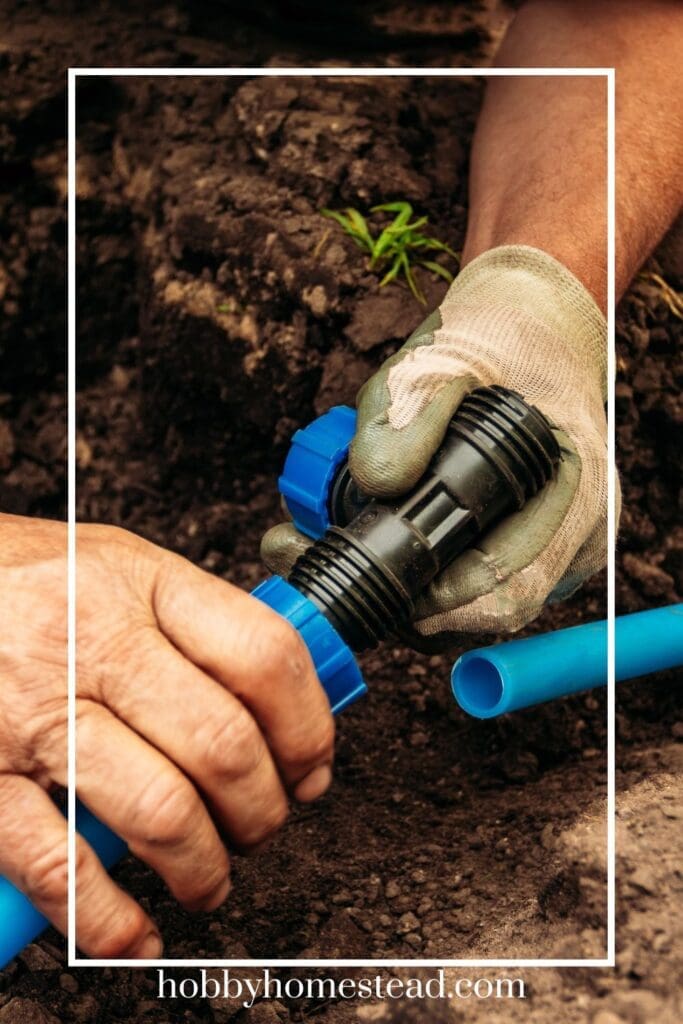
Why Watering Matters More Than You Think
Water is essential to plant health. It’s the medium that delivers nutrients from the soil to plant roots. But it’s not just about giving your garden a lot of water. For best results, you need to have consistent watering that reaches the root zone without drowning your plants or wasting water through evaporation.
Too much water can damage plant roots and promote issues like powdery mildew on wet leaves. On the other hand, thirsty plants that don’t get enough water may wilt, drop leaves, or develop brown spots on foliage and fruit.
A general rule of thumb? Focus on deep watering at the base of the plant, not quick surface sprays.
The Best Time of Day to Water
The best time to water plants is early morning. Typically before 10 a.m.
Why? The cooler temperatures help reduce evaporation rate, allowing water to soak deeply into the soil surface and reach the plant roots.
Late afternoon or early evening is the next best time, but try to avoid watering too late in the day. Wet leaves overnight can lead to powdery mildew and fungal diseases, especially during humid weather conditions.
Try not watering during the heat of the day. A lot of water is lost to evaporation. The top of the soil can dry out quickly.
Understanding Your Soil Type
Your garden’s soil type plays a huge role in how often and how much water you should apply. Here’s a quick breakdown.
Sandy Soil
- Water drains quickly through the soil surface.
- Plants will need more frequent watering, but with less water per session.
- Best way to improve water retention: mix in organic matter like compost.
Loamy Soil
- Ideal balance of drainage and moisture retention.
- Holds moisture well and allows plant roots to breathe.
- Requires regular watering, but not as frequent as sandy soil.
Clay Soil
- Heavier clay soils hold water longer but can become compacted.
- Use infrequent watering but give plants deep soaking each time.
- Improve soil quality by adding compost or aged manure.
Knowing your type of soil helps fine-tune your watering schedule, especially during hot weather or dry spells.
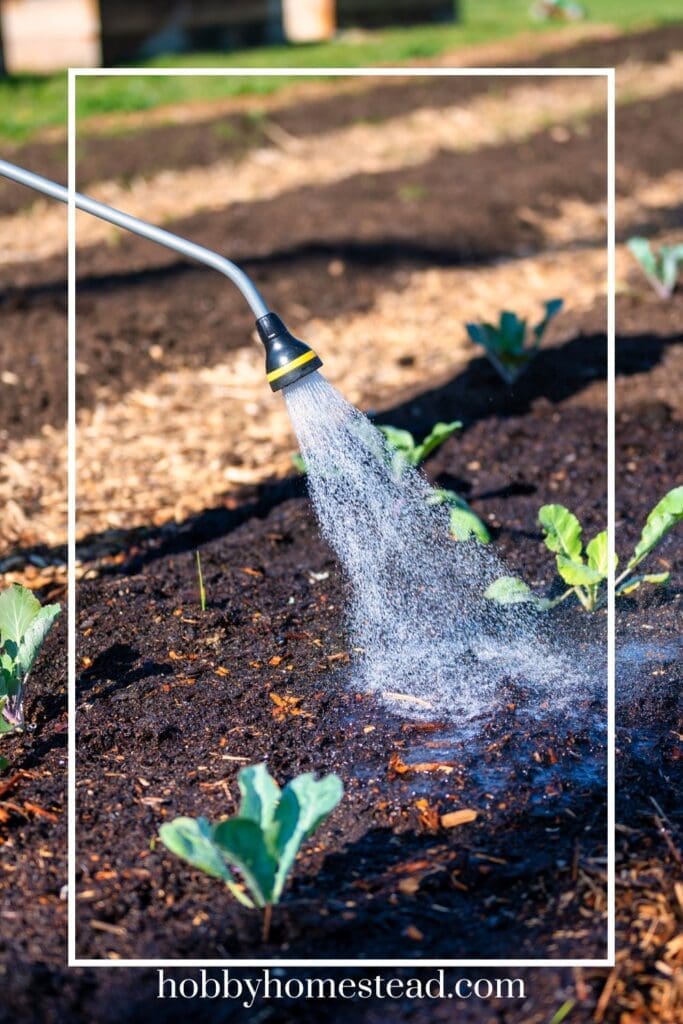
How Much Water Do Your Plants Really Need?
Most garden beds and outdoor plants need about an inch of water per week, either from rainfall or watering sessions.
Use a rain gauge to track natural rainfall and adjust your frequency of watering accordingly.
For vegetable gardens, aim to keep the top inch of soil consistently moist, especially for young plants and shallow-rooted plants like lettuce or radishes. Fruit trees, mature plants, and mature trees often have deep root systems and benefit from longer, less frequent soaks.
Container plants dry out faster, especially in hot summers, and may need daily attention. Use the finger test. Stick your finger into the soil up to the second knuckle. If it feels dry, it’s time to water.
Tailoring Watering to Plant Types and Stages
Different plants have different water requirements. Here’s what to know.
- Young plants. Need consistent watering to establish strong roots.
- Established plants. Can handle less water and often tolerate short dry conditions.
- Native plants and drought-resistant plants. Adapted to your region’s climate and typically need minimal additional water.
- Water-loving plants (like hydrangeas or ferns). Thrive with a lot of water, especially during their growing season.
- Shallow root systems (like annuals). Need more frequent watering.
- Ornamental trees and shrubs. Benefit from slow, deep watering directly at the root zone.
Smart Watering Tools and Techniques
If you’re tired of lugging around a watering can, here are some efficient watering tools to consider.
- Soaker hoses. Great for flower beds, small gardens, or borders.
- Drip irrigation. The best way to water different zones efficiently with minimal water loss.
- Rain barrel. Collects runoff for a good idea in reducing tap water use.
- Layer of mulch. Helps reduce evaporation, maintain soil moisture, and protect roots.
Use a watering can or wand to direct water at the base of the plant, especially for individual plant care in container gardening or raised beds.
Adjusting to Weather Conditions
In hot weather, your garden may need additional water, especially if you’re facing heat waves or an inch of rain hasn’t fallen recently.
During dry weather, increase the frequency of watering and focus on deep watering for plants most at risk.
During rainy periods, reduce watering to avoid root rot. Don’t stick to a rigid watering schedule. Instead, check soil moisture and observe the health of your plant regularly.
Common Watering Mistakes to Avoid
Even well-meaning gardeners can make watering mistakes that lead to water loss, plant stress, or disease. Here are a few things to watch out for.
- Shallow watering. Only moistening the soil surface encourages shallow root systems. Instead, aim for deep watering to promote strong plant roots.
- Overhead watering. Spraying the tops of garden plants can result in wet leaves, increasing the risk of powdery mildew and other fungal issues. Always water at the base of the plant.
- Watering at the wrong time of day. Avoid the heat of the day (midday) and late evening when wet leaves may sit overnight.
- Using too much water. More isn’t always better. Overwatering can suffocate roots, especially in heavier clay soils or containers with poor drainage.
- Ignoring soil type. Not all soils absorb and hold water the same. Learn your garden’s type of soil to prevent waste and stress.
Correcting these issues ensures your plants get enough water without the downsides of excess water or disease.
Tips for Conserving Water in the Garden
Water is a precious resource, and even outdoor plants benefit from mindful conservation. These tips will help reduce your amount of water used while still meeting the watering needs of your plants:
- Install soaker hoses or drip irrigation to deliver water directly to the root zone with minimal evaporation.
- Add a layer of mulch around your plants to slow evaporation, suppress weeds, and maintain consistent soil moisture.
- Use a rain barrel to collect water during rainy days and use it during dry conditions. A sustainable and budget-friendly option.
- Group plants with similar water needs (e.g., drought-tolerant plants together) to simplify watering sessions.
- Amend your soil with organic matter to improve soil quality and water retention.
- Choose native plants and drought-resistant plants, which are adapted to your local climate and require less water.
These strategies not only save water but also improve the health of your plant and soil in the long run.
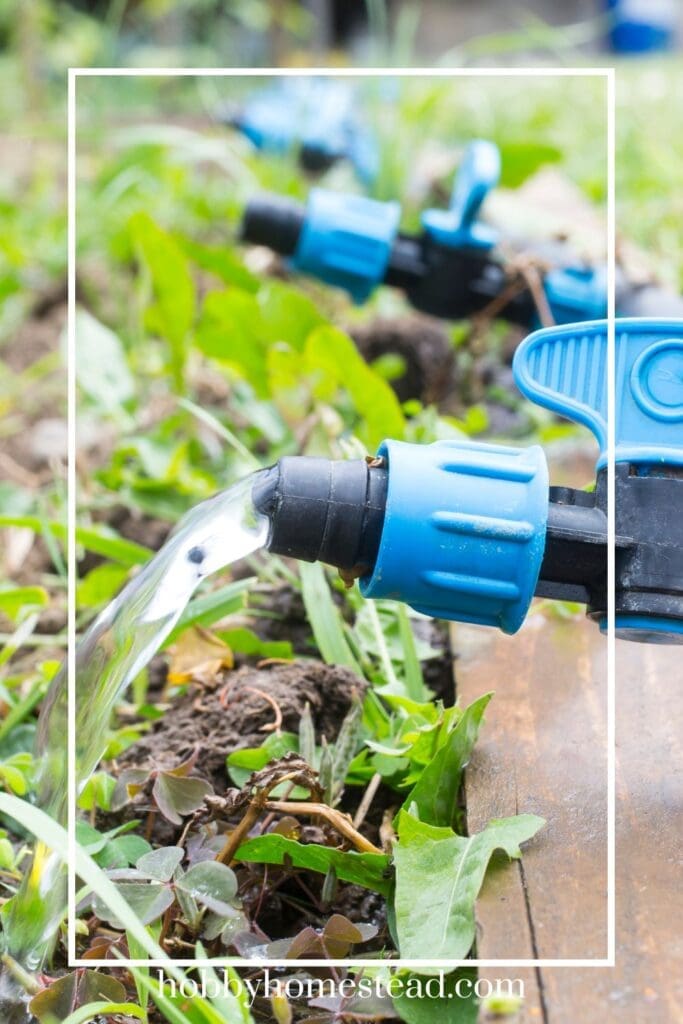
Can I water my garden at night?
It’s best to avoid late evening watering, as water sitting on wet leaves overnight can promote fungal diseases like powdery mildew. If you can’t water in the early morning, try for late afternoon or early evening to give plants time to dry before nightfall.
How do I know if I’m overwatering my plants?
Signs of overwatering include yellowing leaves, a mushy or foul-smelling top of the soil, and a consistently soggy feel during the finger test. Check that your plants are in well-drained soil, especially container plants, and reduce the frequency of watering if needed.
Is it better to water deeply or frequently?
Deep watering is better for developing strong plant roots. Shallow, frequent watering only moistens the soil surface, which leads to weak shallow root systems. Water deeply enough that it reaches the root zone. Usually an inch of water once or twice a week, depending on weather conditions and soil type.
How much water do I need for a vegetable garden?
Most vegetable gardens need around 1–2 inches of water per week. Use a rain gauge to track natural rainfall, and supplement with watering sessions during dry weather or heat waves. Keep an eye on young plants, which often require additional water to establish themselves.
Water Your Garden Wisely for a Thriving Garden
Watering is not one-size-fits-all. The best results come from understanding your soil type, monitoring weather patterns, and adjusting your watering habits to meet the unique watering needs of each plant in your garden.
Whether you’re tending to container plants, garden beds, or drought-tolerant plants, using tools like soaker hoses, tracking rainfall, and watering in the early morning can make all the difference.
Take time to get to know your garden, your climate, and your soil. With just a little effort, you’ll be rewarded with vibrant blooms, lush foliage, and a garden that flourishes. Even through the hottest days of summer.


